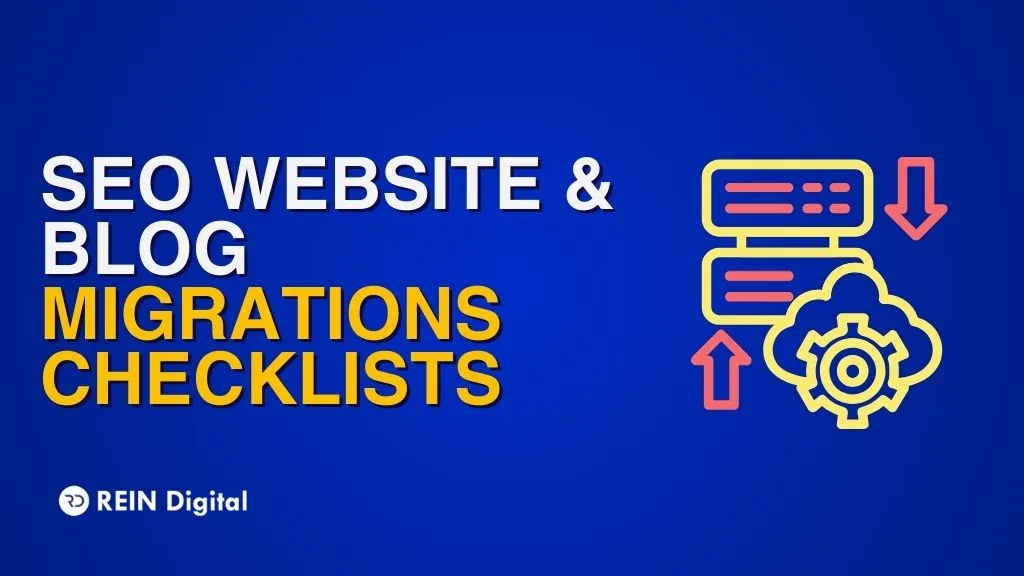
In recent years, virtual reality has made a significant leap from heavy prototypes to more affordable headsets. With the huge number of sales for devices, the content has become more immersive and realistic as virtual reality finds new ways of both practical and commercial applications. For instance, The cost of visiting properties has reduced with virtual reality real estate agencies and realtors attracting more customers.
From the year 2015 to the present, virtual reality has played as a new marketing tool in industries including real estate. Agencies now begin to show multi-million dollar apartments and houses that are located in different countries like Los Angeles, New York City, and Hamptons opening up to potential buyers.
From this point on, virtual reality real estate has projects mounting and becoming more versatile and dynamic. Experts have predicted a steady rise in virtual reality in real estate accounting for the total revenue estimation of $2,6 billion by 2025. However, there are challenges ahead like the production of high-quality content, the time crunch to create, and the headset prices.
What then would be a practical appeal of a real estate virtual reality?

1. Virtual tours
It is a known discomfort to buy a personal property or a business property as it requires a lot of time and patience. It furthermore becomes tougher with the geographical distance between the customer and the property. This is where virtual reality comes, with the help of it we save time and money as we preview the real estate remotely. Any VR headset for that matter is capable of demonstrating real estate virtual tours with guided 360-video format tours and free navigation throughout sites.
2. Virtual visualization
Marketers and real estate mostly struggle in advertising for housing as they come across with lack of actual objects to see. The virtual reality here helps them assist the sales of property that are under construction using the architectural 3D visualization. This helps to take a sneak peek into the future of both the exterior and interior of the housing.
3. Virtual staging
Earlier, houses were perceived with pale walls, absence of furniture, no organization which further reduced the chances of the buyers. By 1985, agencies collaborated with interior designers enhancing the properties, known as staging. This increased the chances of sales by 80%. Virtual reality perhaps implements this method and costs much less compared to the actual one.
4. V-Commerce
Tagging does help with the additional staging offering both the agent and homeowners a benefit. Along with that, virtual reality also helps create a good impression, and could be a part of virtual commerce (v-commerce) too! Decor with a three-dimensional tour can be set with an option to purchase.
What are the benefits of virtual reality in real estate?

Technology makes lives easier and convenient, and the work environment more sustainable. Listed below are the advantages of virtual Reality offering business areas including real estate:
1. Saves a lot of time
Time is the most valuable thing virtual reality understands, therefore, with only a click, you can now search and review new properties. These virtual tours help cut down the days and hours spent at the location of the property for both the seller and the buyer. All you need is a headset and you’re good to go with all the information, on your screen from the comfort of your work or house.
2. Saves money
Virtual reality does seem to be expensive and hi-tech, especially when experiencing virtual tours in high-quality graphics and commercial features. These expenses, however, prove to be profiting, saving from advertising materials, and on property staging. The interior design, delivery, and furniture are then substituted by 3D models, reusable for different locations.
3. Creating emotional engagement
Virtual reality brings out the immersion and realistic presence, unlike the 2D print visualization. They have no rush and only freedom of exploration-interaction for viewers through pictures and videos. For instance, moving from one room to another, invokes a sense of ownership providing details in 3D and helps close the deal.
4. Worldwide offering
Virtual Reality doesn’t limit itself to distances the realtors have created a client base that doesn’t limit to only local buyers. As the world grows being more cosmopolitan, virtual reality offers virtual tours worldwide impacting the demand in real estate.
To Conclude:
Virtual reality has transformed the real estate industry by providing virtual tours for their properties making their work more efficient.
Virtual home tours, on the other hand, are the simplest form through their 360-degree videos and photos making them accessible to any realtor in any part of the world. They provide immersive and sophisticated experiences with the help of most companies that help real estate agents create them. As per records, virtual reality will be a huge thing as time passes by transforming most industries, updating their businesses with virtual reality.














